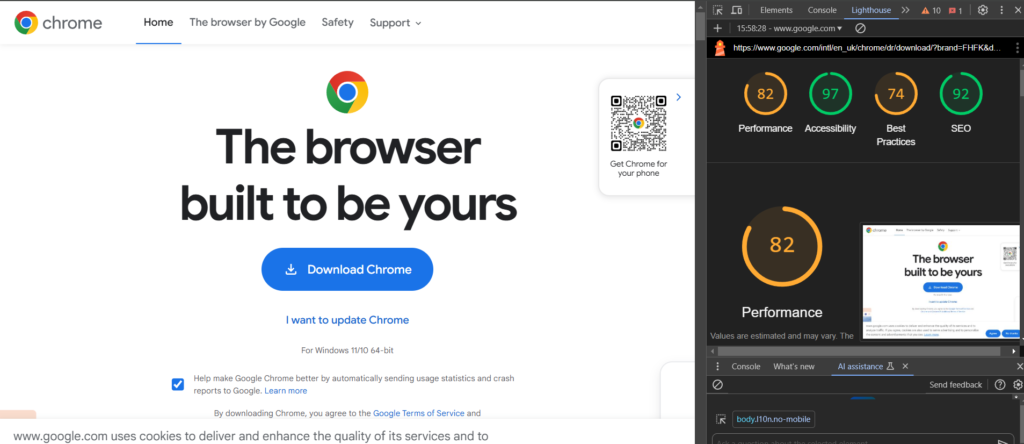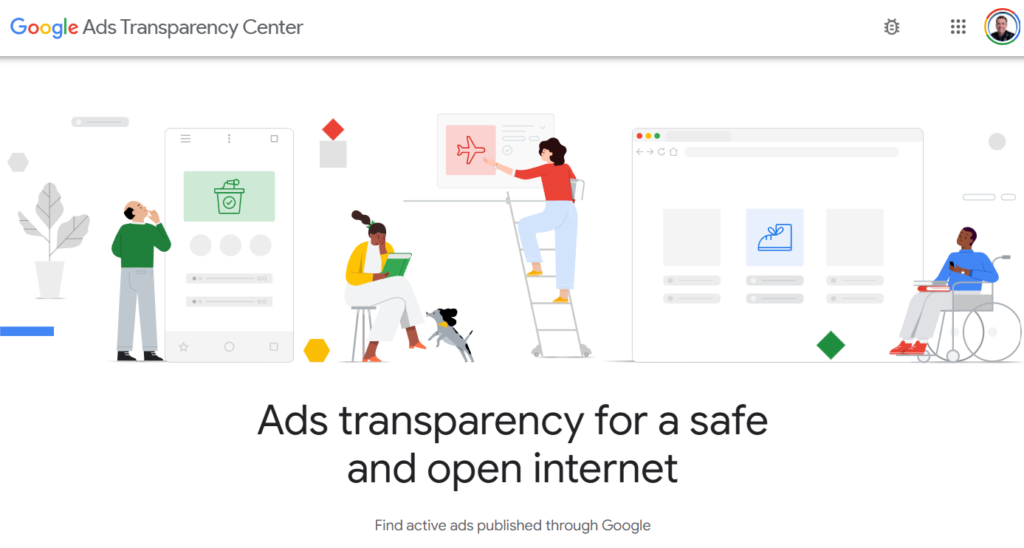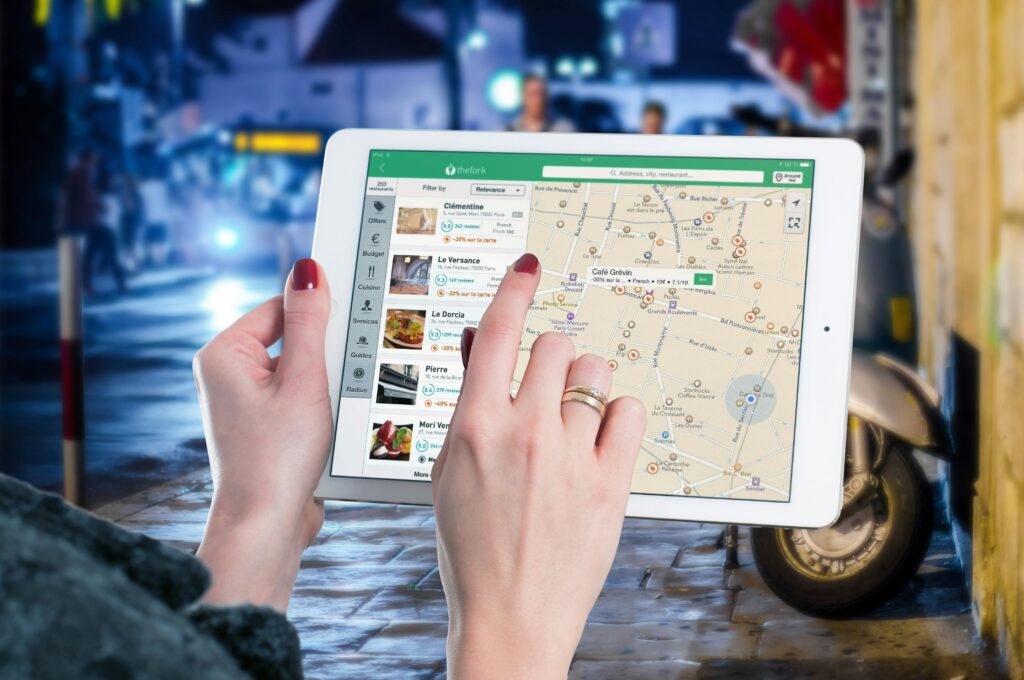1. Choose a Topic You’re Passionate About
The easiets and best way to start writing a blog post is to pick something you’re passionate about. Something you can write about with enthusiasm. This will make the blog post more enjoyable for both you and your readers. When you write with passion, your readers will be able to tell that you care about the topic at hand.
If it’s not obvious why this is important, think back to when someone asked for feedback on something they had written – and then got upset when people didn’t like it or because they were critical of it! It’s natural for people who put their heart into something not to want others’ opinions on those things; however, if someone doesn’t care enough about his/her own ideas or creations (whether they be art projects or essays), then no amount of editing will help them improve beyond basic grammar mistakes or typos in sentences and let’s face it these things aren’t really considered “issues” anymore and can easily be corrected by software like Grammarly.
2. Research Your Topic
Researching your topic is an essential step in writing a blog post. To ensure your blog is helpful, You want to produce content that’s up-to-date and relevent.
You also want to make sure you have a good understanding of the subject matter, so that readers can trust your opinion on it. Google likes this too with its recent updates being about ‘helpful content’ and ‘E-E-A-T’
Create an Outline
When you’re ready to start writing a blog post, you know after deciding on a topic you are passionate about and doing your research, it can be tempting to jump right into writing without taking time to plan what you want to say. But this approach can lead to problems down the road: You may find yourself struggling with writer’s block or having trouble finding your flow.
To avoid these issues, create an outline of the main points you want to cover in your blog post before starting writing. This will help keep everything organized and focused and ensure all of your ideas are included. This can be useful to check against (when you think) you have finished to make sure nothing important was missed or lost in the editing.
Write a Catchy Title
You want your blog post title to be catchy, but not misleading (clickbait), so that readers will be interested enough to click on it and read your content. You also need to make sure that the title reflects what’s in your post.
A headline is the first and often the only chance to capture the reader’s attention. A headline is not just a title, it’s a promise of what’s to come, and the reader’s first taste of your content’s value.
You will attract more visitors and increase engagement with creative, attention-grabbing headlines.
David Ogilvy said “On the average, five times as many people read the headline as read the body copy.“
For inspiration and over 20 example headline frameworks from your subject keyword, try our simple headline generator tool.
Use Short Paragraphs
When writing a blog post, you should use short paragraphs and sentences to make the post easier to read. This will help keep readers engaged and prevent them from becoming overwhelmed.
You don’t want your readers’ eyes to glaze over when they see a wall of words. So, break up paragraphs with subheadings that summarise what’s coming next in each section of your article.
This will not only make it easier for people who skim through articles – and this is how people read blog articles!- but also give them an idea of what kind of information they can expect as they read each section.
Include Examples and Visuals
Include examples and visuals to help explain complex concepts and make the post more interesting and easier to understand. Some people are visual learners, but visuals work for everyone to help break up the page, and re-enforce points.
For example, if you’re writing a blog post about how to use a new tool, include screenshots of how it looks on your screen or how much it costs. This will make it much easier for readers to follow along with what you’re saying.

Write an Engaging Introduction
The introduction to your post is your first chance to grab the reader’s attention and keep them reading. It should be short and sweet, but it should also give them enough information about what they’re about to read so that they know whether or not they want to continue on with the rest of your post.
It’s important not only that you write something engaging here, but also that you use strong language and avoid using cliches (like “the best” or “the worst”).
A good way to think about it when writing a blog post, is that the job of the first line, is to make you want to read the next. The job of the second line is to make you readd the third, and so on.
8. Use SEO Best Practices
You should also be aware of the importance of SEO best practices when writing a blog post. This means using keywords in your post, including meta descriptions and tags, and making sure that your title is descriptive enough to make people want to click on it.
If you really want your blog post to be seen by as many people as possible then this is one of the most important things you can do!
9. Proofread and Edit Your Post
Proofreading your post is the last step in the process of writing a blog post before publishing it to the world, so make sure you do it well! Read through your blog post one last time, checking for spelling errors, grammar mistakes and awkward phrasing. If any mistakes are found during this process (and there will be), fix them immediately so that they don’t distract readers from your message or impact their ability to understand what you’re trying to say.
It is a good idea to take a break before proofreading, and many writers recommend leaving it until the next day to read it through. Famous copywriter, Gary Halbert recommended “de-That-ing” your writing – just read it through and remove the word “that”. Sentences usualy work just as well without ‘it ‘that’ and sound better.
10. Promote Your Post
After all the effort you have taken to write the post, the next challenge is getting people to read it. Some of the best ways to do this is to promote your post on organically on social media,to your email subscribers, or through various paid advertisment channels, which will help to reach a wider audience.
Here are some tips for promoting your post:
Share on Social Media: Share your blog post on social media platforms like Twitter, Facebook, LinkedIn, and Instagram. The trick here is not to post on every channel, but to uncover where your intended audience are active, and post there.
Use relevant hashtags to increase visibility and to connect with people who are interested in the topics you are writing about. You can engage with your followers by asking questions or encouraging them to share their thoughts, opinions, and experiences.
Email Newsletter: If you have an email newsletter, and if you don’t your should give it some serious thought, include a link to your blog posts in your next update. This will help drive traffic to your website and keep your subscribers engaged. Building a list of subscribers is important for growing your business
Guest Posting: Consider pitching a guest post for another website or blog in your niche. This will expose your content to a new audience. You can reach out relevent websites and offer to write for them in exchange for doing the smae on your site. Or you may find some sites in your niche will sell you a guest post opportunity. Depending on how big their audience is this may be worth the cost.
Paid Advertising: If you have a budget set aside for paid promotions, you can consider using paid advertising to promote your blog post. Social Platforms like Facebook and LinkedIn offer targeted ad options, and of course there is Google, who offer search or display ads that can help you reach your ideal audience.
Repurpose Your Content: You can repurpose your blog post into other formats like videos, infographics, or podcasts. This will help you reach people who prefer consuming content in different ways. And also maximise the benefits of all the effort you put into writing your blog post.
Remember, promoting your blog post is an ongoing process. Don’t be afraid to share your content multiple times, or experiment with different strategies. Like everything related to growing your business, make sure you track your results so you can see what works best.



